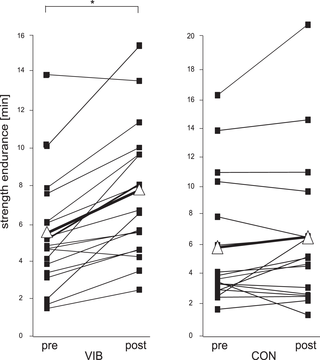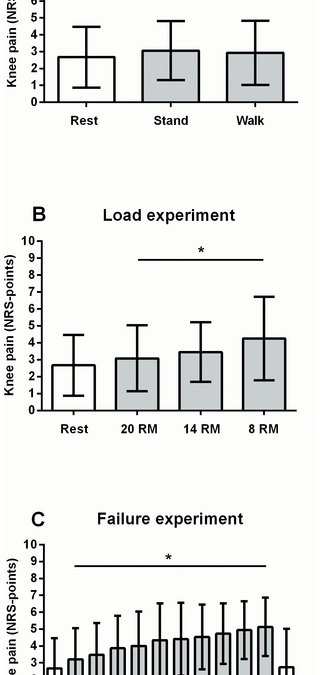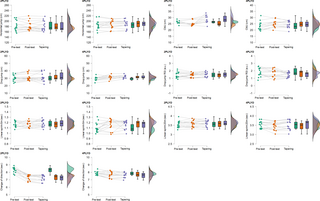Department of exercise and Sport Science, University of Wisconsin-La Crosse, La Crosse, Wisconsin, Estados Unidos.
Resumen
Abstract
Objective. Despite careful planning by professionally educated coaches, overtraining syndrome remains a common problem among competitive athletes. In this study we compare the training plan designed by coaches with that executed by athletes to test the hypothesis that a potential cause of overtraining syndrome may be unrecognised errors in the execution of the training programme by athletes.
Design. Volunteer competitive runners (N = 15) recorded their training over a 5-week period using the session rating of perceived exertion (RPE) method of training monitoring, which multiplies a global rating of exercise intensity using the category ratio RPE scale by the duration of training to create a calculated training load. Independently, their coaches also recorded what they intended the athletes to do in training.
Setting. University-based athletics team.
Main outcome measure. Correspondence between coaches’ and athletes’ rating of the coaches’ training programme.
Results. The correlation between coaches’ and athletes’ training LOAD (r = 0.72), training intensity (r = 0.75), and training duration (r= 0.65) was modestly strong. For training sessions intended by the coaches to be low intensity, the athletes trained at a significantly (P < 0.05) higher RPE than intended (mean ± standard deviation) (1.8 ± 0.5 vs 2.4 ± 1.4) and had a significantly higher training LOAD (91 ± 43 vs 128 ± 92), despite similar training duration (50 ± 16. vs 49 ± 21 min). For training sessions intended by the coaches to be of intermediate intensity, there were no differences between the coaches’ and athletes’ training RPE (3.4 ± 0.7 vs 3.4 ± 1.4), training LOAD (196 ± 66 vs 210 ± 149), or training duration (58 ± 16 vs 59 ± 22 minutes). For training sessions intended by the coaches to be of high intensity, the athletes trained at a significantly lower RPE (7.1 ± 1.2 vs 6.2 ± 2.5) and training LOAD (486 ± 194 vs 422 ± 256), despite no differences in training duration (67 ± 20 vs 66 ± 26 minutes).
Conclusions. We conclude that there are significant differences between the training plan as designed by the coaches and executed by the athletes. These differences are of a configuration and magnitude such that they may be a reasonable cause of the high incidence of maladaptations to training in athletes.
REFERENCIAS

Entrenamiento de vibración de todo el cuerpo: mejorando el control del equilibrio y la resistencia muscular
ResumenEl ejercicio combinado con la vibración de todo el cuerpo (WBV) se está volviendo cada vez...

Dolor en la rodilla durante el entrenamiento de fuerza poco después de la artroplastia total de la rodilla de la vía rápida: un estudio transversal
Resumen Antecedentes La carga de carga y la falla de contracción (agotamiento muscular) son...

Efecto de la frecuencia de entrenamiento pliométrico semanal en las adolescentes femeninas de baloncesto durante la temporada: una comparación de dos vs. cuatro sesiones
ResumenEste estudio investigó los efectos más bajos frente a las frecuencias más altas de...

Estimación de la replicabilidad de la investigación de deportes y ciencias del ejercicio
Resumen Antecedentes: La replicabilidad de la investigación deportiva y del ejercicio no se ha...

La recuperación funcional inducida por el ejercicio de la cinta de correr después de la reparación del nervio periférico se asocia con mayores niveles de factores neurotróficos
ResumenSe han informado beneficios del ejercicio sobre la regeneración nerviosa y la recuperación...
